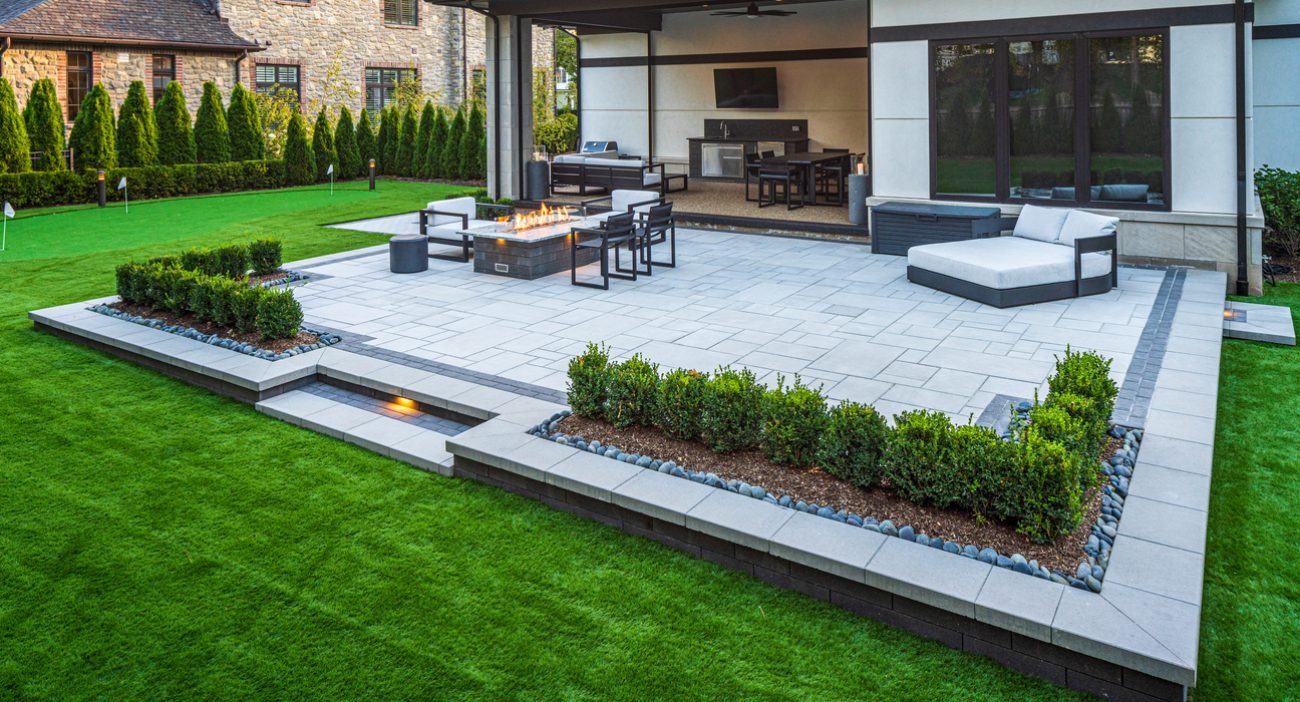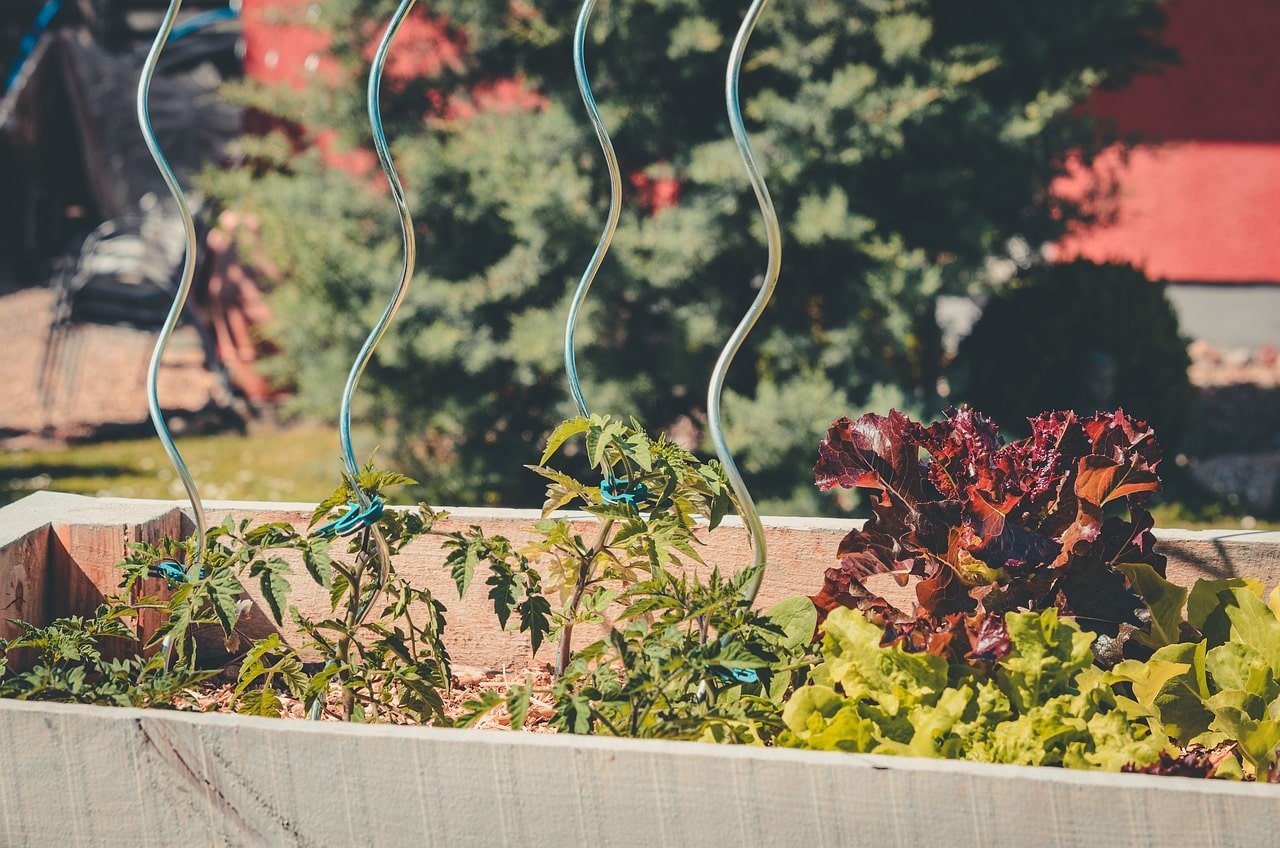Choosing the right garden bed style is a crucial decision when designing a landscape. It is not just about aesthetics, but also about functionality, plant health, and ease of maintenance. With so many garden bed styles available, it’s essential to understand the different options and how they fit into your landscape design goals. In this comprehensive guide, we will explore various garden bed styles, their benefits, and how to select the perfect one for your outdoor space.
Understanding the Basics of Garden Bed Styles
Before diving into specific styles, it’s important to understand the core factors that influence your choice of garden bed. These factors include the type of plants you want to grow, the layout of your landscape, the soil quality, and the amount of sunlight your garden receives. Your garden bed style should complement these elements to ensure optimal growth and visual appeal.
Raised Garden Beds: Elevating Your Garden Design
One of the most popular garden bed styles is the raised garden bed. These beds are constructed above the ground level and often bordered by materials like wood, stone, or metal. Raised beds offer numerous advantages, including better drainage, improved soil quality, and ease of access for planting and maintenance. They are particularly ideal for areas with poor or compacted soil.
Raised garden beds also provide the benefit of creating defined garden spaces, helping you organize your landscape design. This style works well in both formal and informal garden settings, and the height of the bed can vary, offering flexibility in design.
Benefits of Raised Garden Beds:
- Improved Drainage: Elevated beds ensure excess water drains away from the roots of your plants, reducing the risk of root rot.
- Soil Control: You can control the quality of the soil in raised beds, ensuring that your plants have the best possible growing environment.
- Aesthetic Appeal: Raised beds create visually appealing, tidy garden spaces, making them suitable for both contemporary and traditional landscapes.
- Accessibility: Raised beds reduce the need for bending, making them perfect for gardeners with mobility challenges.
Sunken Garden Beds: Embracing a Natural Look
Sunken garden beds are designed to be level with or below the surrounding ground level. This style is ideal for creating a natural, flowing look that integrates seamlessly with the landscape. Sunken beds are especially beneficial for plants that thrive in moisture-rich environments, as they can retain water more effectively than raised beds.
This garden bed style can be used to create focal points or highlight specific areas of your landscape. The key benefit of sunken beds is that they blend naturally with the surrounding terrain, giving your garden a cohesive and organic feel. These beds are perfect for low-maintenance garden designs, as they require fewer interventions to maintain moisture levels.
Benefits of Sunken Garden Beds:
- Moisture Retention: Sunken beds help to retain moisture, which is ideal for water-loving plants like ferns and hostas.
- Natural Integration: This style enhances the natural beauty of your landscape by creating smooth transitions between garden beds and the surrounding ground.
- Cost-Effective: Sunken beds often require fewer materials than raised beds, making them a more budget-friendly option.
- Minimalistic Design: Sunken garden beds can complement minimalist landscape designs, offering a clean and unobtrusive aesthetic.
Keyhole Garden Beds: Maximizing Efficiency and Accessibility
Keyhole garden beds are a unique and functional design that maximizes space and accessibility. Shaped like a keyhole, these beds feature a central composting area that supplies nutrients to the surrounding plants. This style is perfect for small spaces and urban gardens, as it optimizes the use of available space while reducing the need for chemical fertilizers.
The keyhole design also makes it easier for gardeners to reach all parts of the bed without stepping into the soil, which is beneficial for plant health and overall maintenance. The central composting area encourages sustainable gardening practices, reducing waste and promoting healthy soil.
Benefits of Keyhole Garden Beds:
- Efficient Use of Space: The keyhole shape maximizes growing space, making it ideal for compact gardens or urban settings.
- Sustainability: The composting center encourages the recycling of organic waste, promoting an eco-friendly gardening approach.
- Easy Access: The design allows gardeners to access all areas of the bed without stepping on the soil, preventing soil compaction and promoting plant health.
- Water Conservation: The central composting area helps retain moisture, reducing the need for frequent watering.
L-Shaped Garden Beds: Perfect for Corner Spaces
L-shaped garden beds are ideal for corner spaces or areas that need a creative design solution. These beds can be placed along two walls of your garden, creating a seamless and visually interesting layout. L-shaped beds work well in both small urban gardens and larger rural landscapes, allowing for easy planting and maintenance.
This style is particularly useful for corner gardens, where it can create a natural flow from one part of the landscape to another. L-shaped beds can be customized to fit various types of plants, whether you’re growing vegetables, flowers, or shrubs.
Benefits of L-Shaped Garden Beds:
- Space Optimization: L-shaped beds make the most of corner spaces, maximizing your available planting area.
- Seamless Integration: The shape naturally integrates with the rest of your garden layout, providing a visually cohesive design.
- Versatility: L-shaped garden beds can be used to grow a variety of plants, making them adaptable to different landscape needs.
- Easier Maintenance: The design allows easy access to both sides of the bed, simplifying garden upkeep.
Circular Garden Beds: Embracing Symmetry and Flow
Circular garden beds are perfect for creating a central focal point in your landscape design. This style works well in both formal and informal garden settings, providing a balanced, symmetrical shape that can highlight specific plants or features. Circular beds are often used in formal gardens, where they can enhance symmetry and elegance.
This style is also ideal for gardens with large open spaces, as it adds a distinct and bold element to the design. Circular garden beds can be used for growing flowers, shrubs, or even small trees, and they work well when placed at the center of a lawn or as part of a garden border.
Benefits of Circular Garden Beds:
- Symmetry: Circular beds create a visually balanced design, making them ideal for formal or structured garden layouts.
- Focal Points: These beds work well as central focal points, drawing attention to specific plants or garden features.
- Flowing Aesthetic: The rounded shape enhances the natural flow of the landscape, making it feel more cohesive and dynamic.
- Versatile Planting: Circular beds can accommodate a wide range of plants, from flowers to small trees, offering flexibility in design.
How to Choose the Right Garden Bed for Your Landscape
Choosing the right garden bed style for your landscape design requires careful consideration of several factors, including your garden’s size, layout, and intended use. Start by evaluating the amount of sunlight your garden receives, the type of plants you want to grow, and the space you have available. Once you’ve identified your garden’s needs, consider the following:
- Raised Beds: Best for well-drained soil and easy access. Ideal for small spaces or urban gardens.
- Sunken Beds: Perfect for moisture-loving plants and naturalistic designs.
- Keyhole Beds: Great for sustainable gardening and small spaces.
- L-Shaped Beds: Ideal for corner spaces or creating defined garden areas.
- Circular Beds: Excellent for creating a focal point and symmetrical designs.
By selecting the garden bed style that best fits your landscape, you can create a beautiful, functional garden that enhances your outdoor space.
Conclusion
In conclusion, choosing the right garden bed style is an essential step in creating a beautiful, functional landscape. Whether you opt for raised beds to improve soil quality, sunken beds to retain moisture, or keyhole beds to maximize space, each style offers unique advantages depending on your garden’s needs. By carefully considering factors such as soil quality, sunlight, and plant preferences, you can select a garden bed style that enhances both the aesthetic and health of your outdoor space. No matter which style you choose, the right garden bed can transform your landscape into a vibrant, thriving garden.
If you’re ready to enhance your outdoor space with professional landscaping services, Empyre Outdoor Living is here to help. We specialize in hardscaping and landscaping services to create the perfect environment for your garden. Call us now at 719-212-2182 to start planning your dream garden today!
Frequently Asked Questions
When choosing a garden bed style, several factors should be considered to ensure it complements your landscape and supports healthy plant growth. First, assess the soil quality in your garden. If the soil is poor or compacted, a raised bed can help improve drainage and soil quality. Secondly, evaluate the amount of sunlight your garden receives. Some plants thrive in full sun, while others prefer shade. For instance, sunken beds can be ideal for moisture-loving plants, whereas raised beds can provide more control over the growing environment. Additionally, consider the amount of space you have available—smaller gardens might benefit from compact styles like keyhole beds, while larger spaces can accommodate circular or L-shaped beds for more dramatic landscaping effects.
Raised garden beds offer numerous benefits that contribute to healthier plants. The elevated structure of the bed allows for better drainage, reducing the risk of waterlogging, which can lead to root rot. Raised beds also provide looser, better-quality soil that is easier for roots to penetrate, allowing plants to access the nutrients they need. Furthermore, because raised beds are usually filled with high-quality soil, plants benefit from a more controlled growing environment. This means better water retention, fewer weeds, and a cleaner garden overall. Additionally, raised beds allow for easy access, making maintenance tasks like weeding, pruning, and harvesting simpler, which ultimately results in healthier plants.
Sunken garden beds can be an excellent choice for certain plants, especially those that thrive in moist, well-drained soil. These beds naturally retain moisture better than raised beds, which makes them ideal for plants that require consistent hydration, such as ferns, hostas, and certain vegetables like lettuce or spinach. However, sunken beds may not be suitable for all plant types. Plants that prefer drier soil or good drainage, like succulents or certain herbs, may not perform well in sunken beds, as the excess moisture could lead to root rot. Before opting for sunken beds, it’s essential to consider the types of plants you want to grow and their specific water and soil drainage needs.
Keyhole garden beds are highly effective for urban gardens with limited space. The keyhole design is compact yet efficient, providing a central composting area that nourishes surrounding plants, allowing you to maximize growing space. This style is especially beneficial in urban settings where space optimization is crucial. The design allows for easy access to all areas of the garden without stepping on the soil, which is essential for maintaining healthy roots and minimizing soil compaction. Keyhole gardens are also low-maintenance and can help recycle organic waste, making them an eco-friendly solution for smaller city gardens.
Circular garden beds are an excellent way to add symmetry, balance, and visual interest to your landscape design. Their round shape creates a natural focal point that draws attention to specific plants or features, making them ideal for creating a sense of harmony and flow in the garden. Circular beds work well in both formal and informal gardens, offering versatility in design. In larger gardens, they can serve as a striking centerpiece, while in smaller spaces, they can help optimize planting areas without overwhelming the landscape. Additionally, circular garden beds can create a sense of unity and cohesiveness when strategically placed within the overall garden layout, enhancing the aesthetic appeal of your outdoor space.










